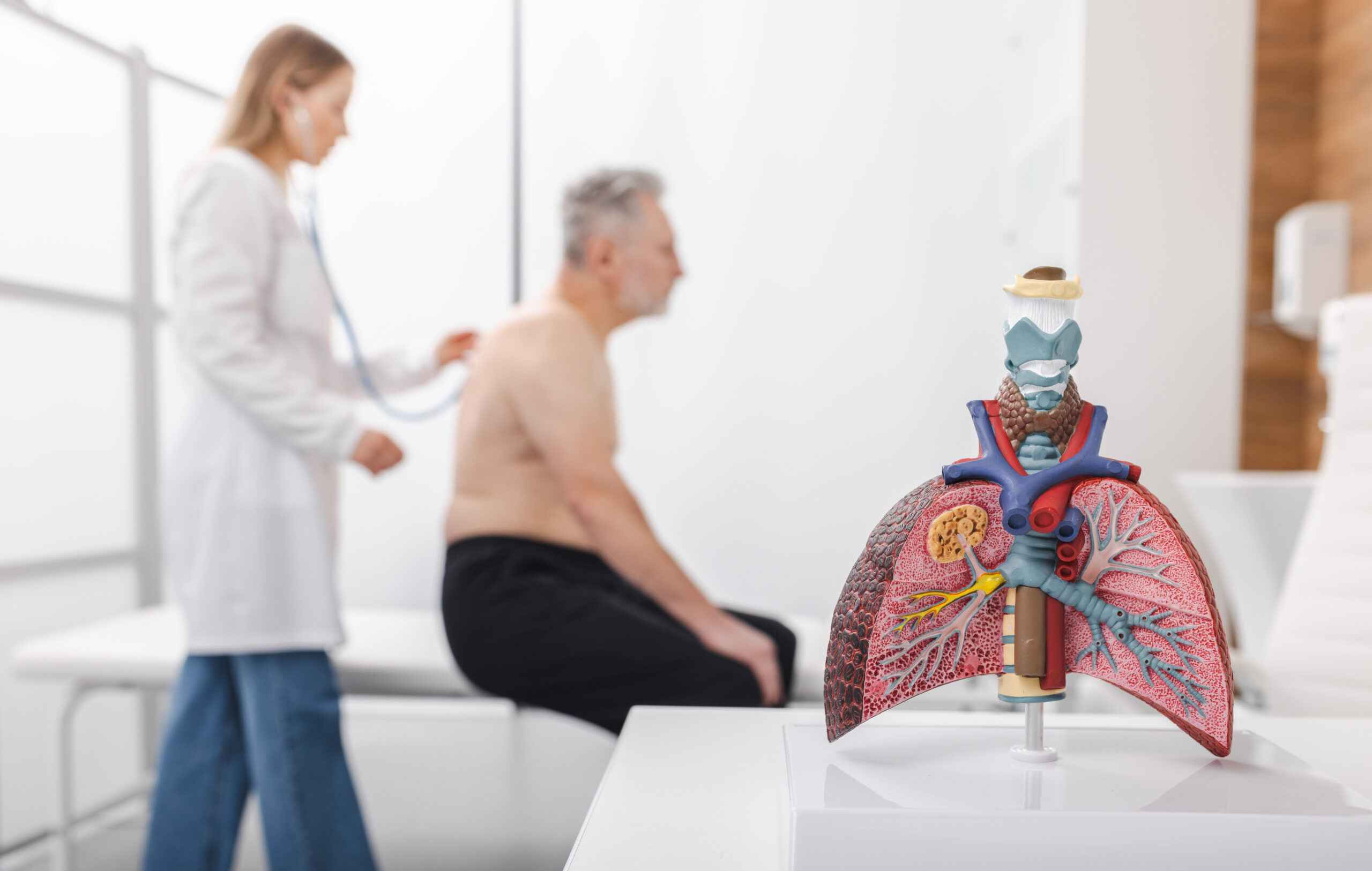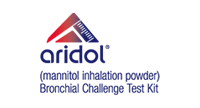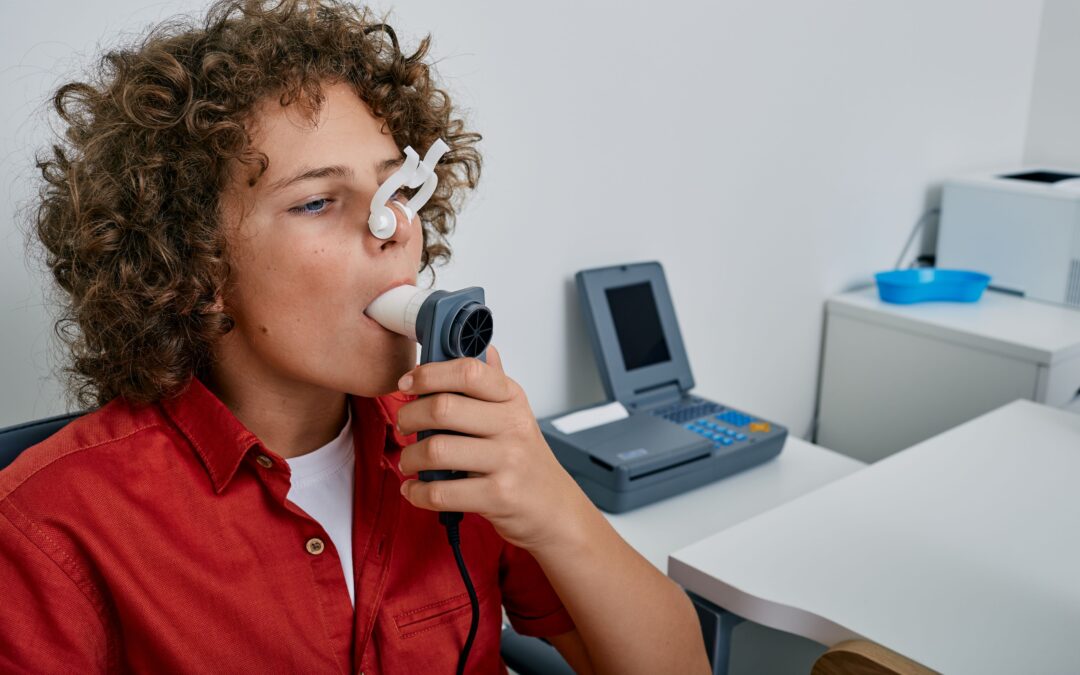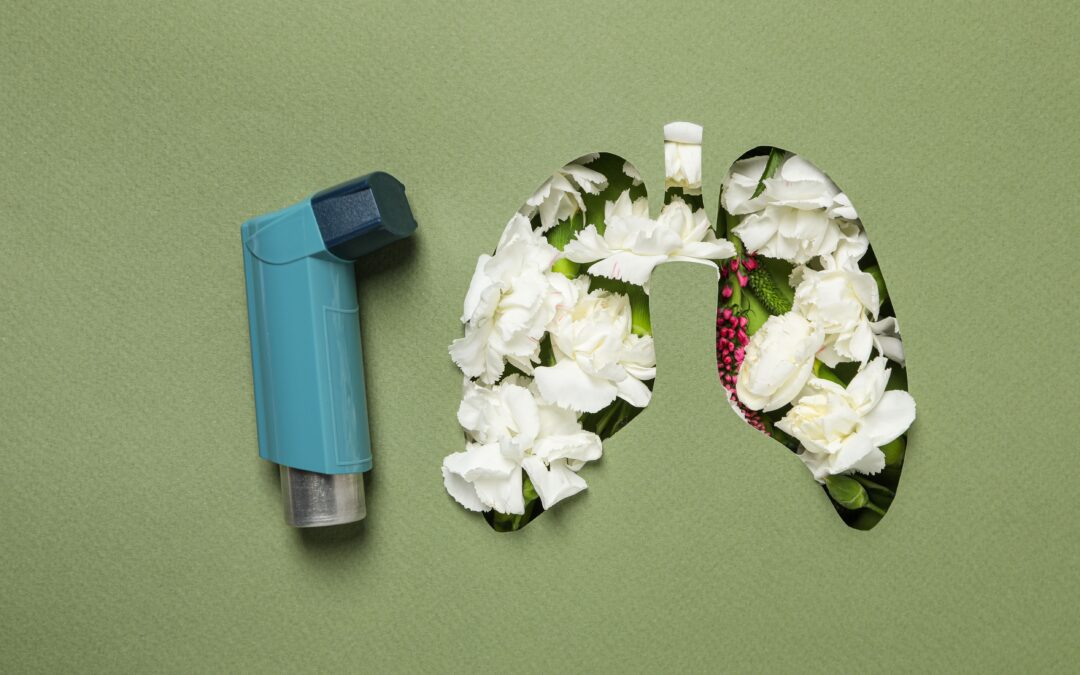The Importance of Lung Health and How to Protect It

When it comes to health, most people immediately think about their heart, weight, or immune system. While those are crucial, there is another part of your body that quietly works around the clock to keep you alive and well: your lungs. Every time you inhale, they deliver oxygen to your bloodstream, and every time you exhale, they remove carbon dioxide your body does not need. Despite how essential this process is, lung health is often taken for granted until breathing becomes difficult.
Maintaining strong, healthy lungs is not just about avoiding disease—it is about ensuring your body has the energy, endurance, and resilience it needs to thrive. Whether you are young, middle-aged, or older, protecting your lungs should be a lifelong priority.
Why Lung Health Matters
The lungs are remarkable organs. Together, they contain about 1,500 miles of airways and 300 million tiny air sacs (alveoli) that allow oxygen to move into the bloodstream. Oxygen is the fuel your body needs to survive—it powers your brain, muscles, and every organ system. Without enough oxygen, your body struggles to function, and even simple tasks can feel exhausting.
When lung function is compromised, quality of life suffers. Shortness of breath, chronic cough, or frequent infections may limit your ability to work, exercise, or enjoy time with family. Over time, poor lung health can even increase your risk of life-threatening conditions such as chronic obstructive pulmonary disease (COPD), lung cancer, and heart disease.
Common Threats to Lung Health
There are many factors that can weaken or damage the lungs over time. Some of the most common include:
- Smoking
Cigarette smoke is the leading cause of lung disease worldwide. Smoking introduces thousands of chemicals into the airways, many of which are toxic or carcinogenic. Long-term smoking is responsible for most cases of COPD and about 85% of lung cancers. Even occasional smoking damages lung tissue, and second-hand smoke can be just as harmful for those around you.
- Air Pollution
The air we breathe has a direct impact on our lungs. Outdoor pollution—such as smog, vehicle exhaust, and industrial emissions—can irritate airways and worsen conditions like asthma or bronchitis. Indoor pollution is equally concerning. Mold, dust mites, pet dander, and fumes from cleaning products or fireplaces all contribute to reduced lung function over time.
- Respiratory Infections
Colds, influenza, pneumonia, and even COVID-19 can temporarily or permanently affect the lungs. While most healthy people recover fully, repeated, or severe infections can scar lung tissue or make chronic conditions worse.
- Chronic Respiratory Conditions
Diseases such as asthma, COPD, pulmonary fibrosis, and lung cancer directly affect how well the lungs function. Asthma causes airway inflammation and narrowing, making breathing difficult. COPD, often linked to smoking, causes progressive damage that reduces airflow and oxygen exchange. Lung cancer, the second most common cancer worldwide, is among the deadliest if not detected early.
How to Protect and Strengthen Your Lungs
The good news is that there are many ways to support your lung health—many of which are simple lifestyle changes you can start today.
- Do not Smoke (and avoid second-hand smoke)
Quitting smoking is the single best thing you can do for your lungs, no matter your age or how long you have smoked. Studies show that within a few months of quitting, lung function begins to improve, and the risk of cancer and COPD decreases over time.
- Stay Physically Active
Regular exercise is like strength training for your lungs. Activities such as walking, swimming, or cycling increase lung capacity and make your body more efficient at using oxygen. Even deep-breathing practices like yoga or tai chi can strengthen your diaphragm and improve respiratory endurance.
- Keep the Air Clean Around You
- Use air purifiers indoors to reduce allergens and pollutants.
- Limit the use of harsh cleaning chemicals.
- Ventilate your home by opening windows when outdoor air quality is good.
- Reduce exposure to dust, mold, and pet dander by cleaning regularly.
- Prevent Infections
Good hygiene is a powerful defense. Wash your hands frequently, avoid close contact with people who are sick, and keep your immune system strong with proper nutrition and rest. Vaccines are also crucial—flu, pneumonia, and COVID-19 vaccines can reduce the risk of serious respiratory infections.
- Practice Breathing Exercises
Simple techniques such as pursed-lip breathing (inhaling through your nose and exhaling slowly through pursed lips) or diaphragmatic breathing (using your stomach instead of your chest) can improve lung efficiency and reduce shortness of breath.
The Connection Between Lung Health and Overall Wellness
Your lungs do not work alone—they are closely tied to the rest of your body. Poor lung function puts extra strain on the heart, increasing the risk of cardiovascular disease. Breathing difficulties can also contribute to anxiety, depression, and reduced physical activity, which in turn affect overall wellness. Protecting your lungs helps protect your energy levels, immune system, and mental health.
When to Seek Medical Help
It is important not to ignore warning signs that may indicate a lung problem. See a healthcare provider if you experience:
- A persistent cough lasting more than three weeks.
- Shortness of breath with normal activity.
- Wheezing or chest tightness.
- Frequent respiratory infections.
- Coughing up blood.
Early detection of lung disease often leads to better outcomes. Simple tests like spirometry can measure lung function and help diagnose conditions such as asthma or COPD before they become severe.
Your lungs are among the most hardworking organs in your body. From the first cry at birth to your last breath, they never stop working to keep you alive. Taking care of them should be a priority, not an afterthought. By avoiding harmful habits, staying active, breathing clean air, and seeking medical attention when needed, you can give your lungs the best chance to stay strong and healthy for a lifetime.
Remember: you only get one set of lungs—protect them well, and they will take care of you.
Donyll Kiah, RRT
References
American Lung Association
American Cancer Society
Centers for Disease Control and Prevention (CDC)








